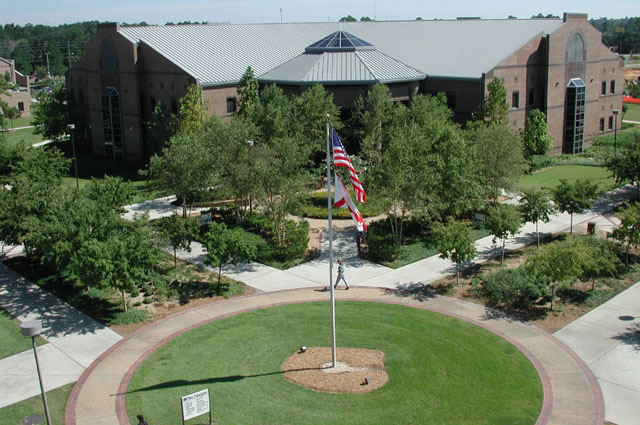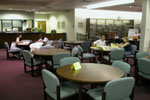Central Intelligence Agency
The recently enhanced public website of the Central Intelligence Agency (CIA) contains many documents, reports, videos, and other information created or released for public dissemination.
A substantial number of declassified documents are available here in addition to information and news items about the CIA and its various offices. The Offices section profiles the various sections of the CIA and their missions, e.g., the National Clandestine Service and the Directorate of Intelligence. There is also a Kids' Zone section, with games, puzzles, and other information for children, divided by age group, lesson plans, and parental information for adults. The Library, the largest part of the site, contains links to unclassified material such as references sources, reports, historical publications, and maps.
Prominent among these are the CIA's most popular titles, such as The World Factbook and the Chiefs of State and Cabinet Members of Foreign Governments, and the Studies in Intelligence journal.
The Library also contains the Freedom of Information Act (FOIA) Electronic Reading Room, the Kent Center Occasional Papers, and a Video Center. One can find thousands of declassified reports and documents via the FOIA reading room and the historical publications section. For example, in the "Frequently Requested Records" section is "Francis Gary Powers: U-2 Spy Pilot Shot Down by the Soviets," which contains more than 80 declassified documents relating to the incident.
Another sample collection, "An Underwater Ice Station Zebra" recounts a 1972 salvage attempt to reclaim a crashed photoreconnaissance satellite "bucket." Released materials about the incident include links to the CIA Flickr stream and the Naval Undersea Museum.
The CIA website offers a very rich assortment of primary documents related to the CIA, US intelligence operations, and the Cold War. Summing Up: Highly recommended. All levels of users.
Reviewed by: C. A. Sproles, University of Louisville, for American Library Association's Choice, Nov 2013
and check the TCC Library collection for books, ebooks, videos and other resources about the CIA










